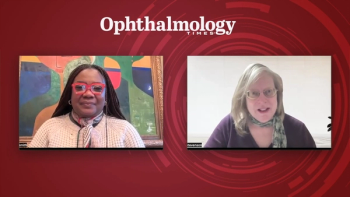
Risk factors for rapid glaucoma progression
Published in the American Journal of Ophthalmology, a retrospective case-controlled study between cohorts of rapid glaucoma disease progressors and nonrapid progressors found that rapid progressors were older, had significantly lower central corneal thickness, and baseline intraocular pressures.
Published in the
They reported higher rates of pseudoexfoliation, disc hemorrhages, ocular medication changes, and intraocular pressure surgery.
Most importantly they had significantly higher rates of cardiovascular disease irrespective of intraocular pressure control.
Newsletter
Don’t miss out—get Ophthalmology Times updates on the latest clinical advancements and expert interviews, straight to your inbox.













































